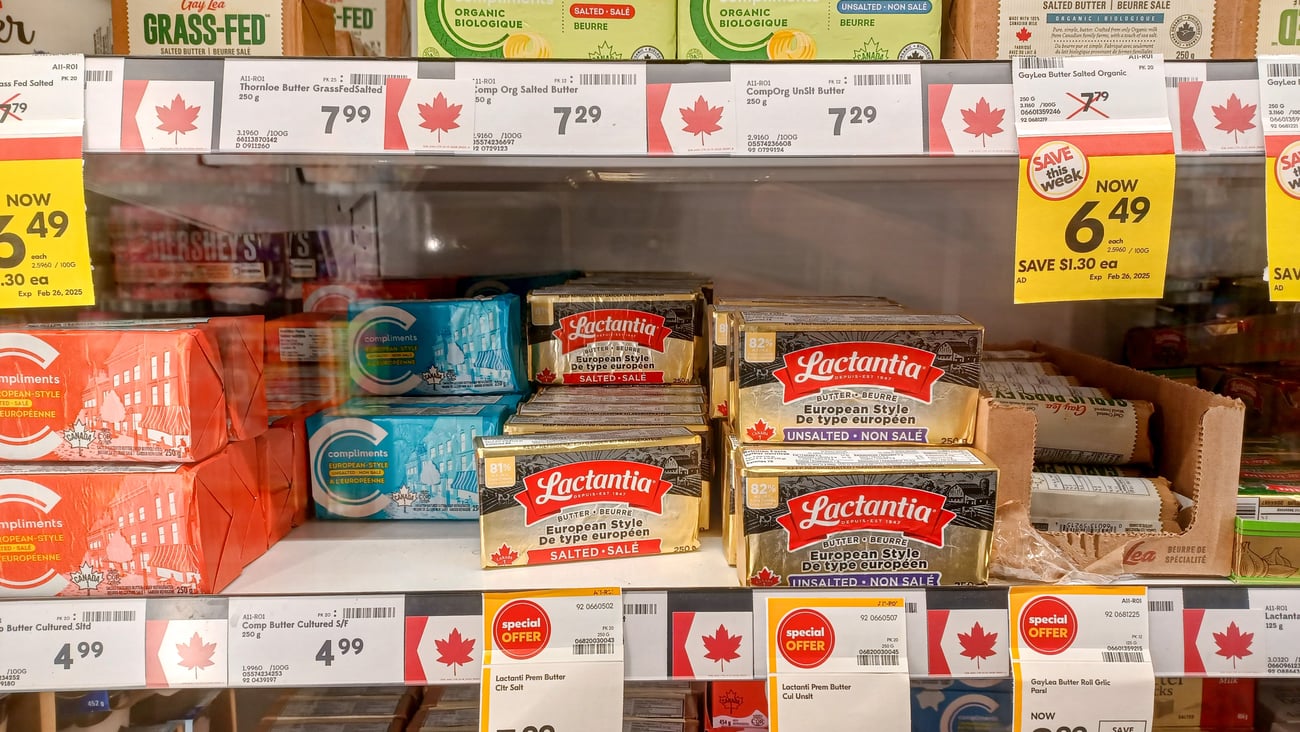Small is the new big
“Bigger is better” was the mantra for many retailers in the ‘90s and 2000s. All-in-one destinations that offer time-pressed moms one-stop solutions were a core pillar for growth. Big equalled larger basket sizes, more dollars, and convenience to the customer.
Fast-forward to today and “small” may be the new “big”.
As urban populations grow and Canada’s demographic landscape shifts, retailers understand that “big” does not fit the needs of the entire Canadian populace. With Canada saturated with large format stores, smaller options translate into a potentially lucrative path for growth.
So why does “small” make sense? Here are a few reasons that I think should be considered.
The first reason is perhaps the most obvious – expanding footprint. The battle in opening big box stores has led Canada to become one of the most competitive retail environments anywhere. Concerns around competition from the U.S. led established grocery retailers to adjust their strategy and go bigger with varying success. Latest quarterly results show slowing growth, suggesting a potential strategic shift is needed to achieve sales targets.
Smaller stores are less expensive to build and run, and allow retailers to extend their reach by opening new units in under-developed areas, which brings me to the second reason for why “small” makes sense. Location.
Suburbia is typically home to large store formats, but as urban centres grow the opportunities in Canada’s cities are greater then ever before.
Sobey's Urban Fresh locations and Loblaw’s move to pilot fresh offerings in newly acquired Shopper’s Drug Mart are examples of how Canada’s retailers are looking to further develop the urban retail landscape. It wouldn’t be surprising to see other retail superpowers counter with their own smaller format stores.
This third reason is smaller stores attract a different consumer. Market researchers often reference generational cohorts and ethnicity. While important, I believe the consumer that “small” appeals to most are “non-drivers”.
The trade-off for many who live downtown is they don’t own a vehicle. Instead their method of transportation may be public transit, the bike, or as I used to use, the feet. When you don’t own a car, one of the implications is that shopping trips tend to yield smaller baskets and are more frequent. Hauling home a case of 24 water bottles becomes impractical versus picking up the “essentials” for the next day or two.
Smartly packed fresh products and well thought out HMR offerings are all the more crucial for this consumer. While not undercutting the need for value, this provides an opportunity for smart retailers to bolster margins by offering appropriately sized products while adopting more of a foodservice mentality that also considers space limitations that urban dwellers deal with.
As retailers look for new avenues of growth in the competitive Canadian retail landscape, look for small to become the new big.




